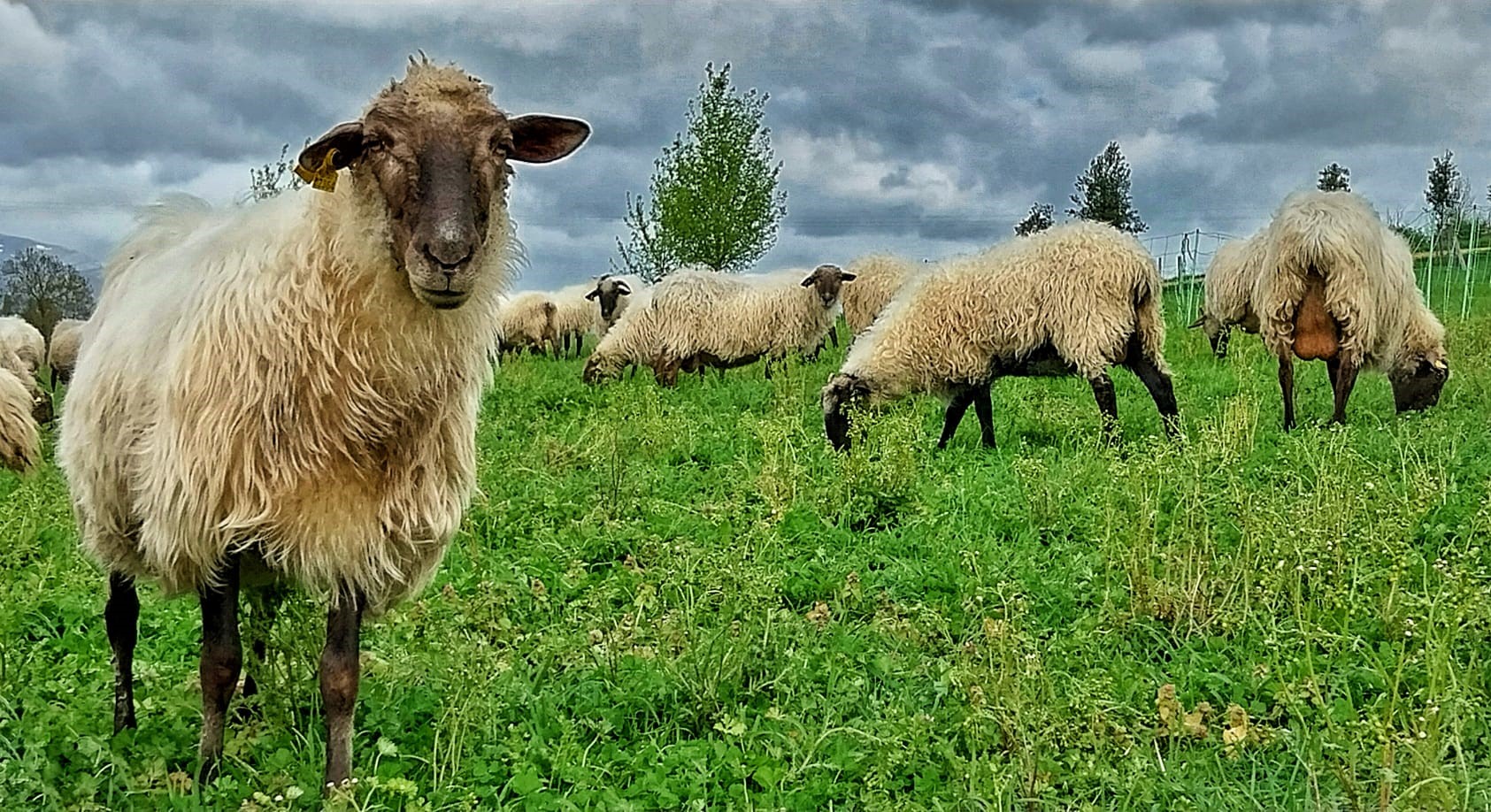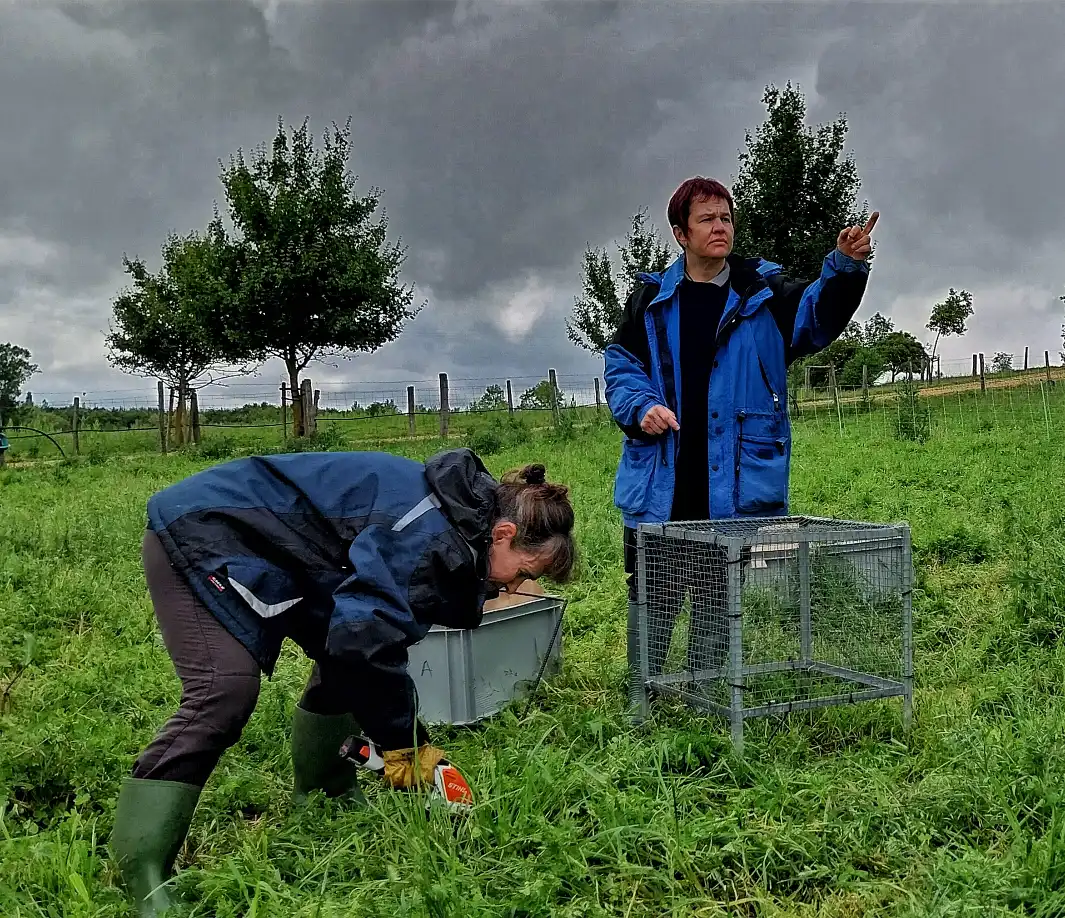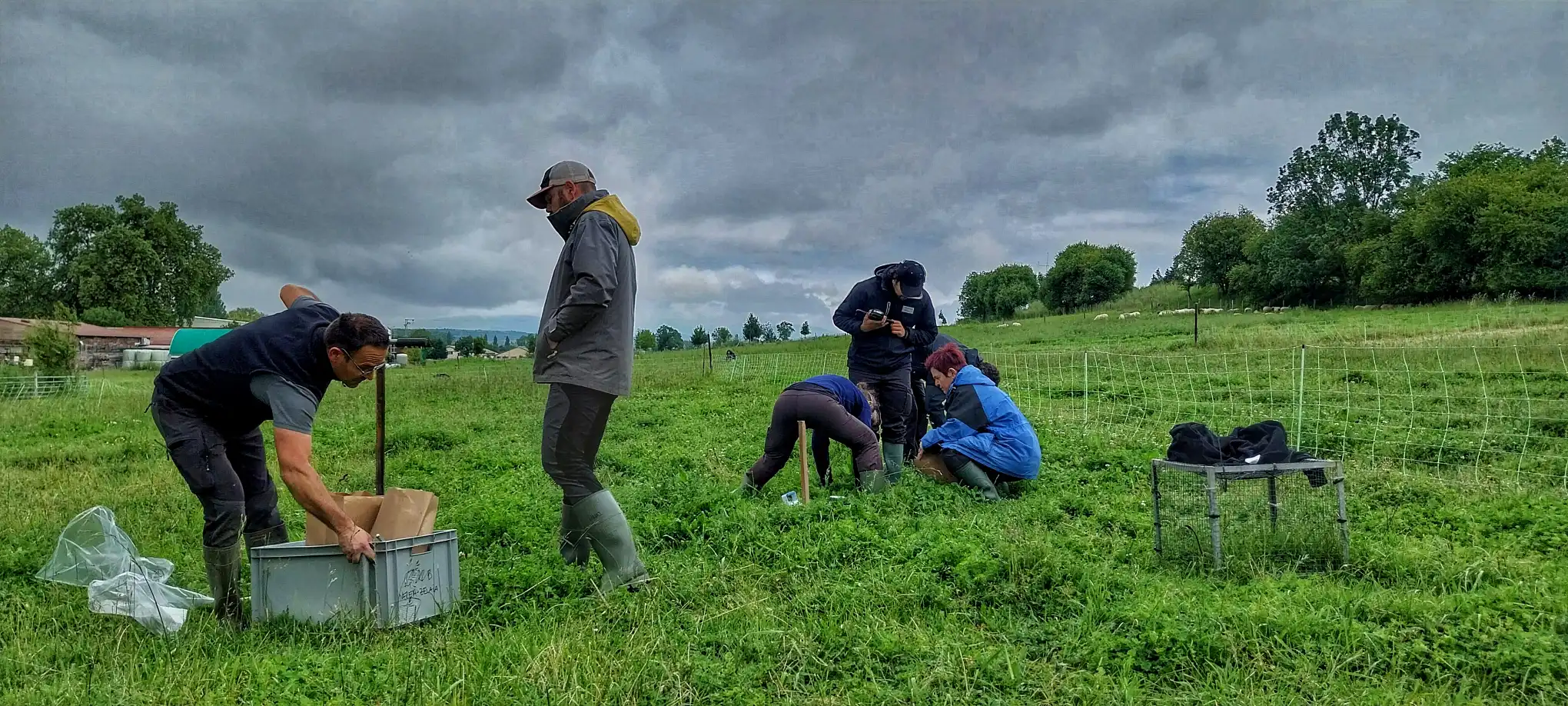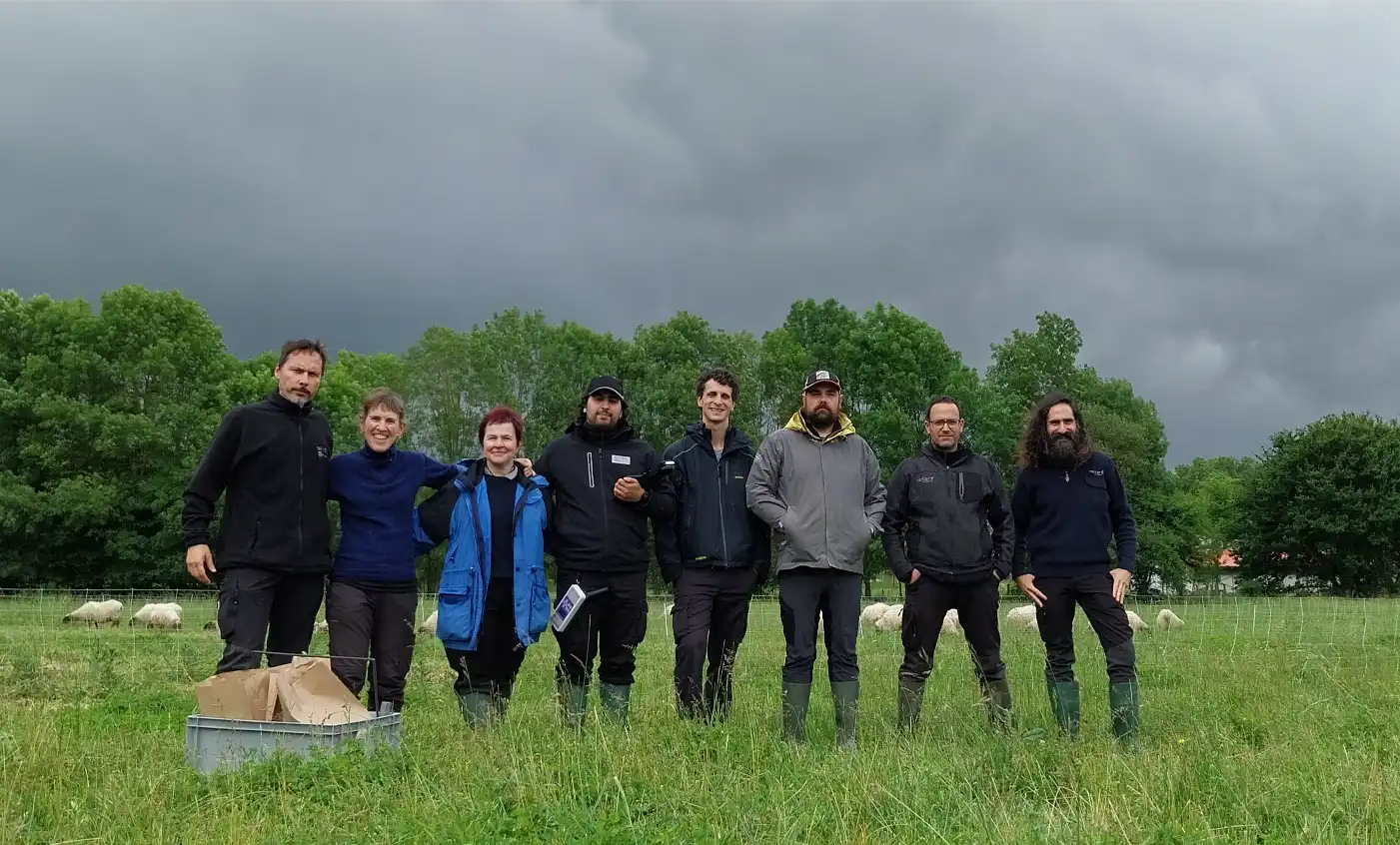Spain
Diversity of soil life is key to soil health. At our pilot sites, we will explore biological properties as descriptors of soil health and address the challenge of their variability using innovative methods like eDNA and eRNA. Our goal is to demonstrate how practices such as rotational grazing can enhance soil health, and promote their broader adoption.

Overview
Introduction:
The Spanish pilot sites are operated by NEIKER.
Pilot site 1:
Their first site will explore NEIKER’s experimental pastures in Arkaute, where a regenerative rotational dairy sheep grazing management system has been implemented since 2013, in comparison to a conventional grazing system, to evaluate its influence on grass production and soil health.
Over a six-year period, rotational grazing demonstrated a 30% increase in springtime grass production and a 3.6% increase in topsoil carbon storage compared to free grazing. Rotational grazing promoted a more homogeneous pasture use by ewes, mitigating the adverse effects of over and under grazing. https://www.sciencedirect.com/science/article/pii/S1470160X21001497?via%3Dihub
After nine years of rotational dairy sheep grazing, there was a trend towards higher relative abundances of functional genes involved in soil carbon, nitrogen, phosphorus, and sulphur cycles. Specifically, five genes showed statistically significant differences between rotational and free grazing systems (alkaline phosphatase D, sulphite reductase α subunit, methanol/ethanol family PQQ-dependent dehydrogenase, nitrogenase iron protein and nitrite reductase).
Objective:
For this site, a temporal study will be performed throughout the grass growing period (from April to October 2024), where samples will be taken every three weeks. The objective is to study the temporal dynamics of biological soil properties, and to examine their relationships with the weather and grass conditions under rotational versus free grazing.
Data collection:
Biological descriptors include DNA and RNA metabarcoding of bacteria and fungi, soil respiration, microbial biomass carbon, potentially mineralizable nitrogen, enzyme activities (Digit Soil), qPCR of bacteria and fungi, microBIOMETER readings and diversity of macrofauna.
Physicochemical descriptors cover soil properties like texture, pH, organic carbon, carbonate content, nitrogen, potassium, phosphorus, cation exchange capacity, electrical conductivity, metals, nitrates, ammonium, particulate organic matter, mineral associated organic matter, water holding capacity, bulk density, coarse elements, soil moisture, penetrometer readings and Slakes aggregate stability test.
Plant descriptors encompass grass biomass, NDVI (normalised difference vegetation index), chlorophyll content, total nitrogen, and plant diversity. Remote sensing from Planet provides data on vegetation greenness and biomass.
Pilot site 2:
In the second pilot site, four extensive and commercial livestock farms from the provinces of Alava and Bizkaia are being examined. These livestock farms are starting to apply regenerative rotational grazing regimes adapted to their agroclimatic conditions and are of particular interest for soil monitoring.

Objective:
Here, the objective is to assess the impact of land use disturbance (i.e. woodland, rotational grazing, overgrazing and non-permanent cropping) on various soil health descriptors and their associated functions. While the primary focus is to compare rotational grazing with overgrazing, forests and non-permanent crops are included as references for low and high disturbance, respectively. Descriptors are being measured in at least three sites for each land use and farm (samplings in 2023 and 2025).
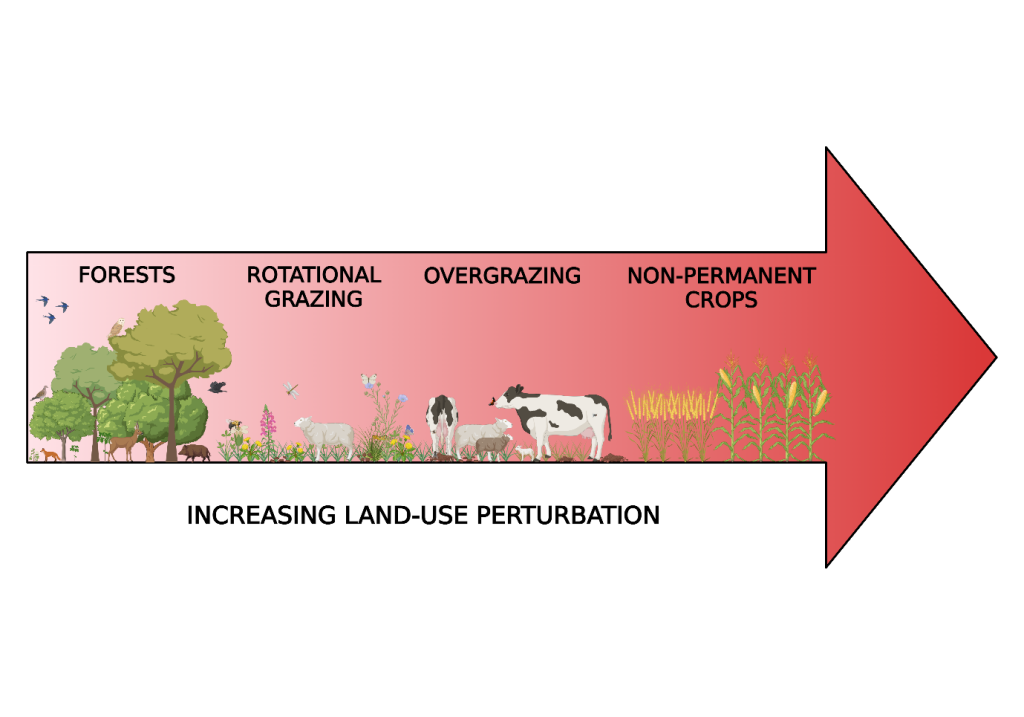
Data collection:
Biological descriptors encompass soil respiration, microbial biomass carbon, potentially mineralizable nitrogen, enzyme activities, microBIOMETER data, macrofauna richness and earthworm abundance.
Physicochemical descriptors include texture, pH, organic carbon, carbonate content, nitrogen, potassium, phosphorus, cation exchange capacity, electrical conductivity, metals, nitrates, ammonium, water holding capacity, particulate organic matter, mineral associated organic matter, bulk density, soil moisture, water infiltration capacity, penetrometer readings and Slakes test.
Gallery
